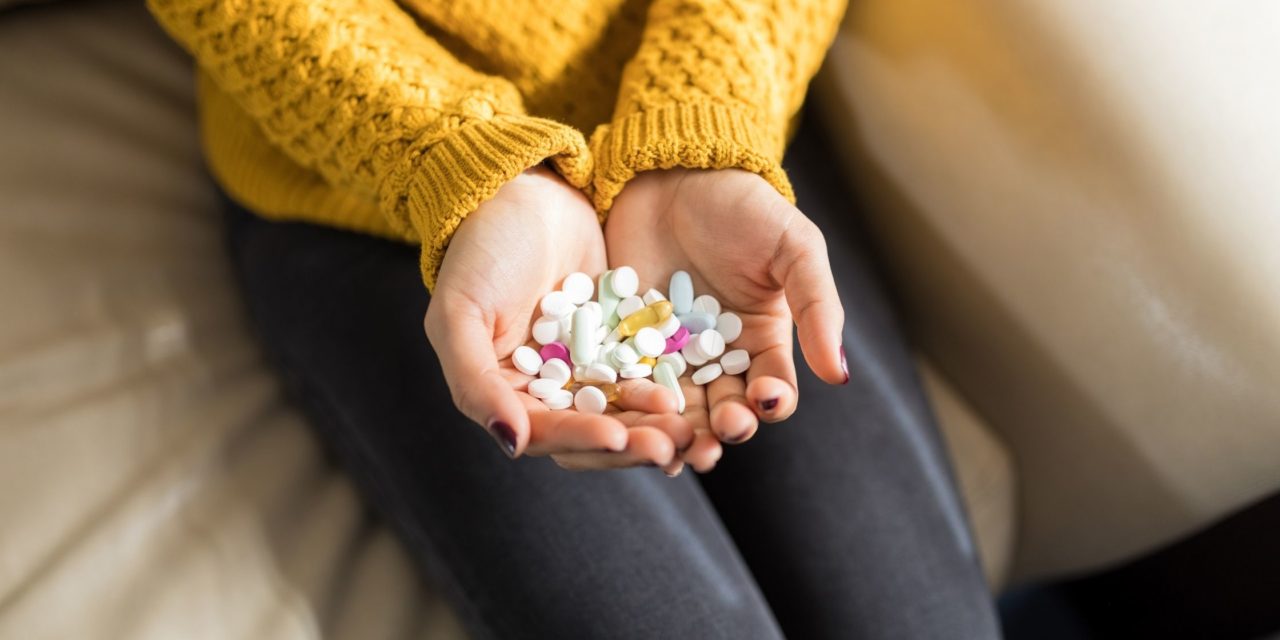Pain medication, also referred to as pain pills or painkillers, encompasses a wide array of pharmaceutical treatments for varying levels of pain. Just like any other medication, pain pills often carry potential side effects. Opioid pain medications are among the most potent and powerful forms of painkillers on the market, but they require a prescription due to the risk of addiction and overdose. The risk of pain pill addiction has become much more widely known and while countless initiatives have been implemented to reduce the number of incidents and help those struggling with addiction, the rates of addiction and overdose are still astronomical. The signs of pain pill addiction are well studied and they include, but are not limited to:
- Unusual mood swings
- Lying
- Social isolation
- Stealing to obtain more painkillers
- Visiting multiple doctors in order to obtain additional prescriptions or taking someone else’s prescription
- Taking more than intended
- Consuming medication to get high
- Experiencing physical symptoms of opioid use such as constipation, nausea, vomiting, constricted pupils, drowsiness, incoherent speech, pale skin, itchy skin, or seizures
- Increased feelings of anxiety and depression
- Psychotic episodes/psychosis
Identifying Pain Pill Addiction
Someone with a use disorder may notice these signs of pain pill addiction in themselves, but they are also observable to outside parties. Although it would be easiest for a close family member, friend, or coworker to notice these symptoms, they may not make the connection between these signs and potential pain pill abuse. Outside parties could be in denial about their loved one’s use or unaware of the connection between addiction and the items listed above.
Physician Accountability
In an ideal world, physicians would only prescribe potentially addictive medication where there is no other choice and they would be able to identify and treat pain pill addiction before it progresses too far. Unfortunately, there will never be a perfect system no matter how hard doctors try. Doctors often only get to spend a small amount of time with their patients, limiting their ability to identify addiction (especially when the patient may be going to extreme measures to hide any signs of addiction). Additionally, we all understand how horrid and difficult it is to even function with chronic pain. When a doctor sees a patient in this state, it is understandable why they would feel the need to give the most effective and immediate solution: painkillers.
Final Thoughts
All in all, it is our moms, dads, siblings, spouses, children, friends, and cousins across the country who are struggling with painkiller addiction and our responsibility to help where possible. Education of the signs of pain pill addiction, the consequences of not getting help, and how to approach someone with an addiction could ultimately save a life. Take a moment to mentally note the list of signs of pain pill addiction. If you or someone you love has exhibited any number of these signs, get help now.

